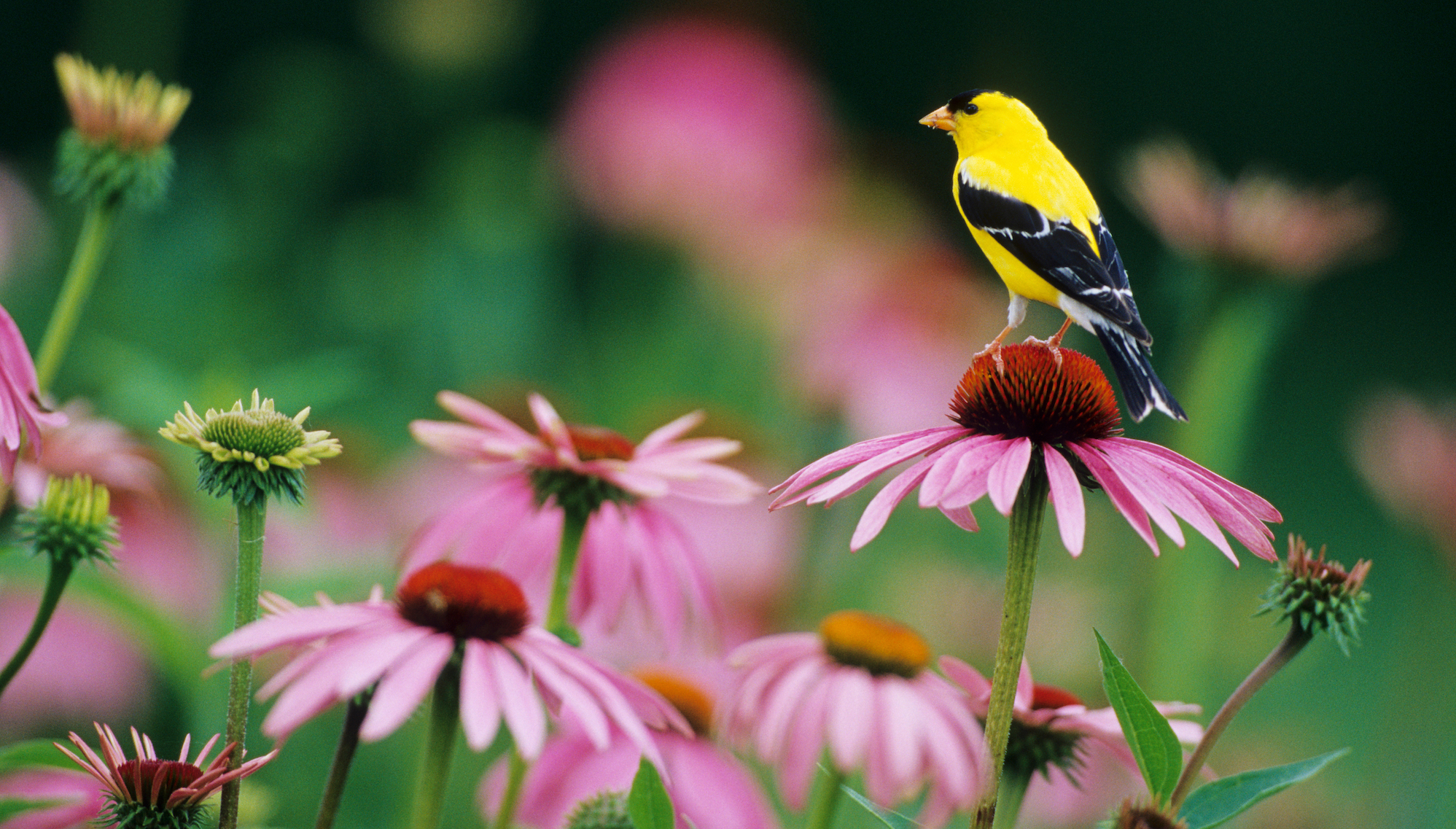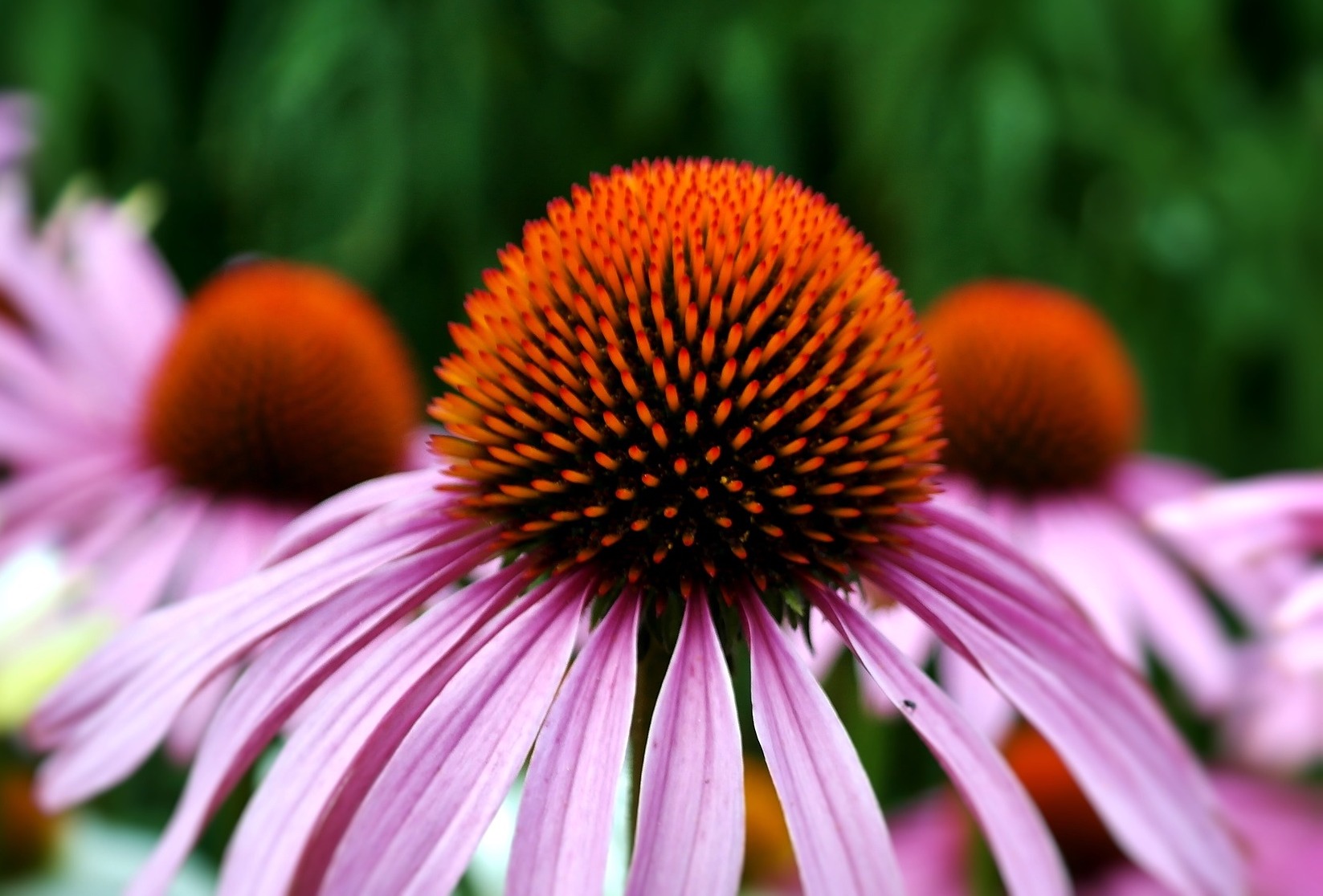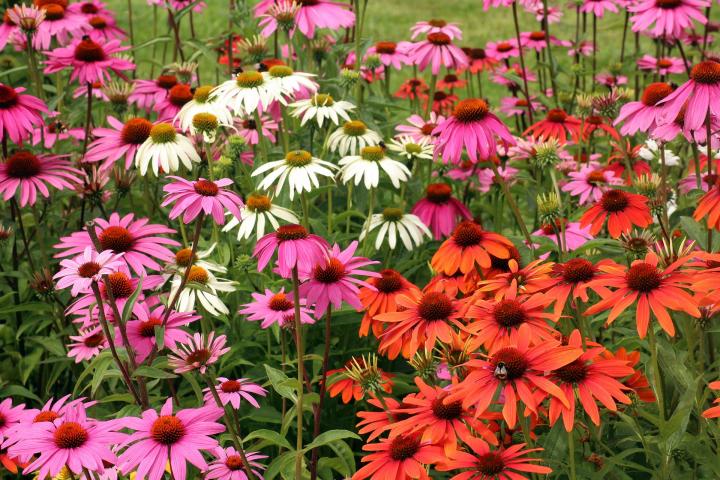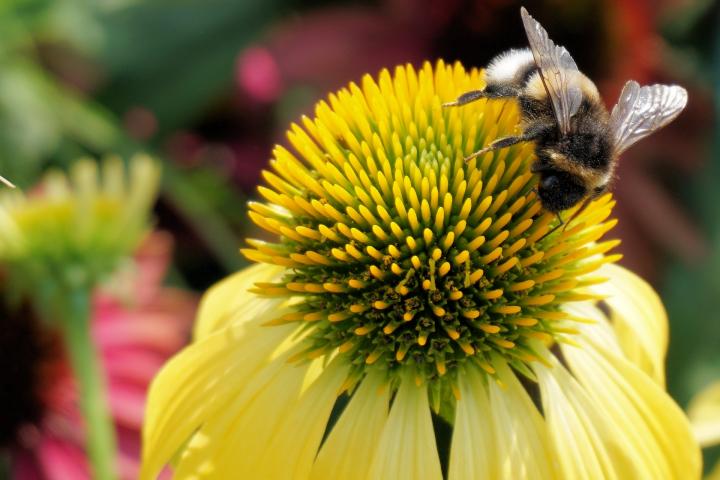
How to Plant, Grow, and Care for Coneflowers
ADVERTISEMENT
I have purchased Cheyenne Spirit Coneflowers from QVC 3 times.Mine are covered with flowers. On 1 plant alone I can count 17 beautiful orange flowers. I don’t ever have issues with mine. I am saving my seeds to plant in my pasture.Mine are Purple,yellow,red and salmon. I wish I could send pictures of them.On QVC I order from Cottage Farms they guarantee their flowers for a year.
Thanks for sharing!
I planted some Cherokee Spirit Coneflowers in May. They looked great, but shortly after rabbits ate most of the leaves. One is down to nubs. They don't seem to be growing any new stalks or very many leaves. Will they recover, or do I just need to replant?
The coneflower will come back I make a cages out of that chicken wire it’s green little squares I form a circle once they get so big and hey don’t bother them anymore
rabbits and coneflowers as soon as the new growth starts with those fresh wonderful greens here comes the bunnys, I put buckets with the bottoms cut out of the buckets and put them over the baby coneflowers until they get a big bigger













Comments